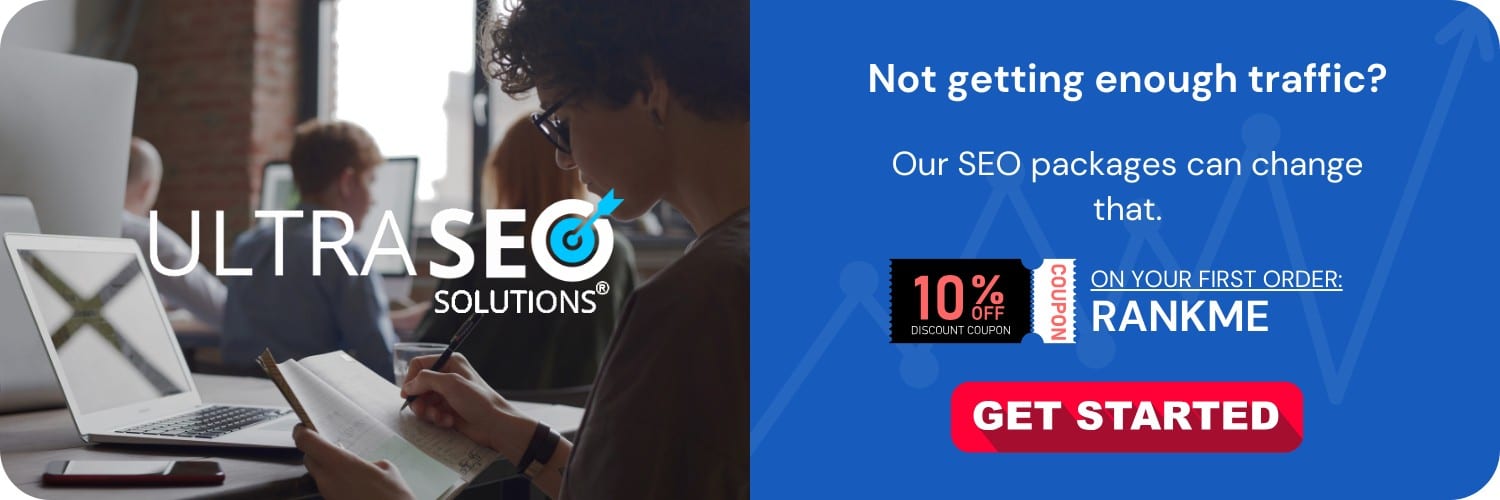
Visual content analysis is an integral part of developing a robust SEO strategy. The best tools for this task include Canva, Google Vision AI, Screaming Frog SEO Spider, Moz’s Image Markup Tool, Ahrefs, and BuzzSumo’s Facebook Analyzer. Each of these tools brings unique strengths to visual content analysis, catering to various aspects like image optimization, visual trends, and the social engagement with images.
Understanding Visual Content Analysis in SEO
Visual content analysis refers to the process of evaluating images and visual elements on a website to ensure they’re optimized for user engagement, speed, accessibility, and search engine visibility. Proper analysis of visual content can lead to improved rankings and user experience, as search engines now have sophisticated algorithms capable of interpreting images and their context within a webpage.
Why Visual Content Analysis is Important
With the shift towards a more visual web, images play a crucial role in engaging users, reducing bounce rates, and facilitating conversions. Additionally, visual content is often shared across social media, leading to higher visibility and traffic. Properly optimized images also contribute to page speed, which is a ranking factor in search engine algorithms.
Best SEO Tools for Visual Content Analysis
1. Canva
Canva is a popular graphic design tool that allows users to create visually appealing content for their websites and social media. While it is not an SEO tool per se, Canva helps in creating images that are the right size, which reduces loading times and contributes positively to SEO.
2. Google Vision AI
Google Vision AI utilizes machine learning to analyze the content of images. It can help you understand how a search engine may perceive your images, identify subjects and objects within the image, and even recognize text through OCR (Optical Character Recognition), which is useful for alt text optimization.
3. Screaming Frog SEO Spider
Screaming Frog is a comprehensive SEO tool that crawls websites and gathers essential data. It shines in visual content analysis by identifying images over a certain size, missing alt text, and analyzing images’ status codes. This in-depth analysis helps to ensure that all visual content is fully optimized for SEO.
4. Moz’s Image Markup Tool
Moz offers a variety of SEO tools, including an Image Markup Tool, which dovetails with their advice on optimizing images. Using this tool can ensure that your images are marked up correctly with structured data, enhancing their visibility in search engine results.
5. Ahrefs
Ahrefs, while primarily known for backlink analysis, also provides insights into the types of visual content that perform well in your niche. You can analyze your competitor’s top pages and determine what visual elements contribute to their success.
6. BuzzSumo’s Facebook Analyzer
BuzzSumo’s Facebook Analyzer tracks how visual content performs on Facebook, providing insights into the most engaging images in terms of shares and likes. As social signals are indirectly related to SEO, understanding the visual content that resonates with social media audiences can guide your SEO strategy.
In-Depth Analysis with SEO Tools
Selecting High-Impact Images with Canva
Using Canva’s extensive library and design features, you can create custom images tailored to your brand. Ensure to leverage its template sizes for different platforms to optimize for both user engagement and load times, which in turn, enhance SEO.
Machine Learning Insights from Google Vision AI
Google Vision AI’s capabilities extend analytics beyond basic alt text and image size. It examines the context of your visual content, suggesting how an image might be categorized by algorithms, which can then inform your SEO strategy and keyword targeting.
Technical Optimization with Screaming Frog
Technical optimization ensures that all visual elements on your site are contributing positively to SEO. Screaming Frog can help you identify large images that slow down your site, inspect for missing alt attributes crucial for SEO, and ensure that all images return relevant status codes.
Enhancing SERP Visibility via Moz
Moz’s Image Markup Tool facilitates the process of applying structured data to images. This markup can result in enhanced features within SERPs, such as rich snippets, which can improve click-through rates. It’s an important step in ensuring your visual content stands out.
Analyzing Competitors with Ahrefs
Ahrefs can uncover the visual strategies employed by top-performing pages in your niche. Through content gap analysis, you can pinpoint missing visual elements that may enhance your own content’s performance and engagement.
Social Insights from BuzzSumo
BuzzSumo’s Facebook Analyzer offers a window into the types of images that garner the most interactions. These insights can influence the type and style of visual content you create for SEO purposes, enhancing social shares and engagement.
Best Practices for Visual Content Optimization
To truly leverage visual content analysis in your SEO strategy, adhere to these best practices:
- Always include descriptive, keyword-rich alt text for images.
- Compress images to reduce file size without sacrificing quality.
- Use responsive images to ensure they display correctly on all devices.
- Implement structured data for images where relevant.
- Regularly update images to stay relevant and visually appealing.
- Test image engagement across different platforms to inform your strategy.
Finishing Thoughts
In the ever-evolving landscape of SEO, visual content analysis stands as an essential pillar. By capitalizing on the best SEO tools available, such as Canva for design, Google Vision AI for content insight, Screaming Frog for technical SEO, Moz for image markup, Ahrefs for competitive analysis, and BuzzSumo for social performance tracking, you can craft a well-rounded visual SEO strategy. Not only will well-analyzed and optimized images improve user engagement and site performance, but they’ll also help your content make a noticeable impact in search engine results. Remember that visual content goes beyond aesthetics; it’s about communication and connectivity, and with the right analysis, it can significantly amplify your overall SEO efforts.
Frequently Asked Questions
What is visual content analysis in SEO?
Visual content analysis in SEO refers to the process of evaluating the visual elements of a webpage to ensure they are optimized for search engines. This includes analyzing images, videos, infographics, and any other visual media to determine their impact on a website’s SEO performance. Factors such as file size, format, alt text, and how they contribute to user engagement and page relevance are considered.
What are some of the best SEO tools for visual content analysis?
Some of the best SEO tools for visual content analysis are:
- Google’s PageSpeed Insights – Analyzes the performance of webpages, including how fast images load.
- TinyPNG or ImageOptim – For image compression without losing quality.
- Screaming Frog SEO Spider – Provides insights on missing alt text and image over-sizing.
- GTmetrix – Offers comprehensive reports on website performance including image optimization.
- Canva – Includes an SEO feature for images to ensure they are optimized before publishing.
- Ahrefs – Shows the potential of images to earn backlinks due to visual content.
How does optimizing visual content improve SEO?
Optimizing visual content can significantly improve SEO by reducing page load times, improving user engagement, and providing additional context to search engines through proper tagging and file naming. This can lead to improved rankings in search engine results pages (SERPs) and bring more organic traffic to your site.
What is alt text and why is it important for SEO?
Alt text is a brief description used within an HTML code to describe the appearance and function of an image on a webpage. It is important for SEO as it helps search engines understand the content of the image, contributes to accessibility for users with visual impairments, and can appear in place of an image if it fails to load, ensuring the user still gets the information intended.
Is file size important for visual content SEO?
Yes, file size is crucial for visual content SEO because large files can slow down webpage load times, which negatively impacts user experience and search engine rankings. Optimizing images and videos to reduce file size without compromising quality is key to maintaining faster load times and better SEO performance.
Can social media impact visual content analysis for SEO?
Definitely. Social media can significantly impact visual content analysis for SEO because images and videos that are optimized for social sharing are more likely to garner engagement. This engagement can lead to increased visibility and potentially generate additional backlinks to your website, which are positive signals to search engines.
Should videos also be optimized for SEO?
Yes, videos should be optimized for SEO by incorporating relevant keywords in the title, description, and tags, as well as providing transcripts and using optimized thumbnail images. This helps search engines understand and index the video content appropriately, potentially increasing visibility in both standard and video search results.






